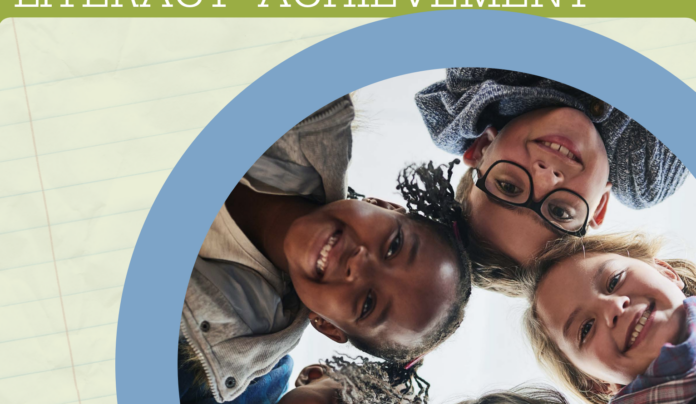By: Ohio’s Department of Education
January 2020
Vision Statement: Ohio’s vision is for all learners to acquire the knowledge and skills to become proficient readers.
The Ohio Department of Education and its partners view language and literacy acquisition and achievement as foundational knowledge that
supports student success. To increase learner’s language and literacy achievement, the Department is urging districts and schools to use
evidence-based systems and high-quality instruction, select high-quality instructional materials and employ culturally responsive practices.
Ohio’s language and literacy vision strives to reduce language and literacy barriers for each learner. Further, it aims to significantly
increase the number of learners who develop the language and literacy skills they need for grade-level reading comprehension and thus
are prepared for their futures.
Children need to develop proficiency in language and literacy for success in all the academic subjects, experiences and opportunities
they will encounter after finishing formal schooling. Underdeveloped literacy skills lead to underachievement in academic subjects and
often affect school and social behavior (McGee, et al., 2002, Morgan, et al., 2008).
Reading difficulties are associated with higher risks of depression, higher rates of dropping out, decreased likelihoods of earning
college degrees and lower income levels (Miller, et al. 2010; Maughan, et al., 2003; Hernandez, 2012; McLaughlin, et al., 2014). The
plan is grounded in scientific research and evidence-based language and literacy practices and represents all learners.
To achieve this vision, Ohio is:
- Using the Simple View of Reading (Gough & Tunmer,1986) to drive all literacy content, conversation, development and
organization of resources necessary to support the state’s comprehensive plan. - Ensuring all learners are represented and supported throughout the language and literacy development continuum, which
includes emergent, early, conventional and adolescent literacy. - Providing specific recommendations for learners having difficulty reading or writing.
- Enhancing partnerships and collaboration among general education and special education practitioners and stakeholders.
- Enhancing the state’s infrastructure supports to build implementation capacity at the state and regional levels.
Source: https://education.ohio.gov/getattachment/Topics/Learning-in-Ohio/Literacy/Ohios-Plan-to-Raise-Literacy-Achievement.pdf.aspx?lang=en-US
Comments: This is a 51-page plan developed by the Department of Education “aimed at promoting proficiency in reading, writing, and communication for all learners” (specifically those from birth to K-12). There’s a lot to unpack. They emphasize “inclusive education” and support the belief that anyone has the potential to learn and grow their language and literacy rates. They speak upon the competence of educators, parents, and the education system and ways to implement and promote collaboration between everyone.





I am intrigued to know more about the applications of this plan. I know having books at home has been mentioned as a big way to enhance literacy and I would be curious if this plan includes providing those resources not just for students at school but also at home. One of my friends actually did a fundraiser for her childhood school so that they could buy books that are more inclusive and show diversity. I thought that was a great way and tied to the emphasis of inclusive education that they bring up here.